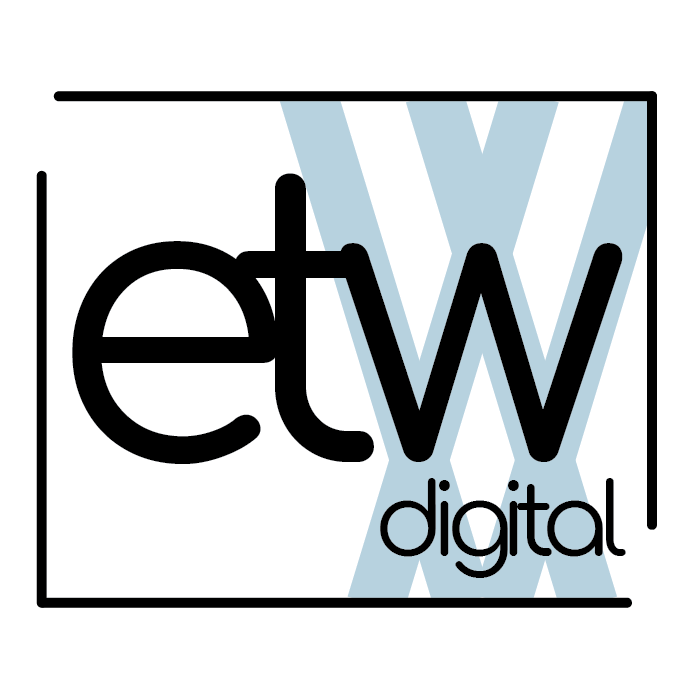The Web Content Accessibility Guidelines (WCAG) 2.1 and the Americans with Disabilities Act (ADA) are designed to ensure that web content and facilities are accessible to people with disabilities. Here are some key points and specifics of these compliances:
For WCAG 2.1:
- WCAG 2.1 is a set of guidelines developed by the World Wide Web Consortium (W3C) to make web content more accessible to people with disabilities.
- The guidelines are organized around four principles: perceivable, operable, understandable, and robust.
- WCAG 2.1 includes 17 guidelines and 61 success criteria that provide specific requirements for making web content accessible.
- Some of the specific requirements of WCAG 2.1 include providing text alternatives for non-text content, making content scalable and resizable, providing alternative ways to navigate the site, and ensuring that content is structured correctly and labeled.
For ADA:
- The ADA is a federal law that prohibits discrimination based on disability in several areas, including employment, state and local government services, public accommodations, and commercial facilities.
- The ADA requires that web content be accessible to people with disabilities, including individuals who use assistive technology such as screen readers or magnifiers.
- The ADA applies to state and local government agencies and private entities considered “places of public accommodation.”
- To comply with the ADA, web content must meet specific accessibility standards, such as those outlined in WCAG 2.1.
In summary, WCAG 2.1 provides guidelines for making web content accessible to people with disabilities. At the same time, the ADA requires that web content and facilities be accessible to people with disabilities and prohibits discrimination based on disability in certain areas. By following these guidelines, organizations can ensure that their web content and facilities are inclusive and accessible.
What are the ramifications of non-compliance?
Non-compliance with the Web Content Accessibility Guidelines (WCAG) 2.1 and the Americans with Disabilities Act (ADA) can result in legal and financial consequences for organizations. Some of the potential ramifications of non-compliance include:
- Lawsuits: Non-compliance with the ADA can result in lawsuits being brought against an organization. These lawsuits can be costly, time-consuming, and damaging to the organization’s reputation.
- Damages and penalties: If an organization violates the ADA, it may be ordered to pay damages to individuals affected by the non-compliance. In addition, the organization may be fined by the government.
- Loss of business: Organizations not accessible to people with disabilities may lose out on potential customers or clients who require accessible web content or facilities.
- Negative reputation: Non-compliance with accessibility standards can damage an organization’s reputation and lead to negative publicity.
By being compliant with WCAG 2.1 and the ADA, organizations can avoid these legal and financial consequences and demonstrate their commitment to making their web content and facilities accessible to private entities and those with disabilities.
High Profile Lawsuits
Many notable lawsuits have already been related to the Americans with Disabilities Act (ADA) and Web Content Accessibility Guidelines (WCAG) 2.1 compliance. These include:
- Domino’s Pizza v. Robles: In this case, a blind individual sued Domino’s Pizza because its website and mobile app were not accessible to screen reader users. The case reached the Supreme Court, which declined to hear the case, but the decision was widely seen as a win for accessibility advocates.
- Gil v. Winn-Dixie Stores, Inc.: In this case, a blind individual sued Winn-Dixie because its website was not accessible to screen reader users. The court ruled in favor of the plaintiff, stating that the website was a place of public accommodation under the ADA and must be accessible to people with disabilities.
- National Association of the Deaf v. Netflix: In this case, the National Association of the Deaf sued Netflix because its streaming service was not captioned, making it inaccessible to people who are deaf or hard of hearing. The court ruled in favor of the plaintiffs, stating that Netflix must provide captions on its streaming content.
These cases and others like them demonstrate the importance of WCAG 2.1 and ADA compliance and the potential legal and financial consequences of non-compliance. Organizations are encouraged to make their web content and facilities accessible to all users, including those with disabilities, to avoid these types of lawsuits and to demonstrate their commitment to inclusivity and accessibility.
How have small businesses been affected?
- A small bakery in California was sued by a blind individual who could not access the bakery’s website using a screen reader. The bakery was found to violate the ADA and was ordered to make its website accessible to people with disabilities.
- A small hotel in Florida was sued by a deaf individual who was unable to use the hotel’s website to make a reservation because the site was not accessible to screen reader users. The hotel was found to violate the ADA and was ordered to make its website accessible to people with disabilities.
Let us know how we can ensure that your business has the proper requirements covered.

